Advertisers Beware: Decoding the ad regulations for infant food products
Infant Food products are increasingly seeing growing regulation in India. The FSSAI recently notified its regulations on Infant Food on December 4, 2020. Part 20 of the series of articles on Misleading Ads by Advocate Aazmeen Kasad, serves to demystify the use of this claim and provide an in-depth understanding of what the law on such products are, what kinds of infant food are available in the market, what kind of advertising is permitted by such products, what the packaging should state, etc.
India’s birth rate in 2021 is expected to be 17.377 births per 1,000 people, a 1.22% decline from 2020, when the birth rate was 17.592 births per 1,000 people, as per Macrotrends.net. In fiscal year 2020, over four million children in India were born through institutional deliveries, and a little over 277,000 were home births, per Statista.com. What does this mean for the infant foods market in India?
Revenue in the Baby Food segment is projected to reach US$32,976 million in 2021, in India, while the market is expected to grow annually by 9.8% (CAGR 2021-2025), per Statista.com.
Infant food products, which are widely accepted worldwide, cater to infants aged between 0-24 months and differ for their different stages of growth. Baby food products available vary based on ingredients, formula, flavours, proportion of nutrition, etc.
The market is divided into four main segments: (i) Infant milk formula; (ii) Baby cereal; (iii) Follow-up formula; and (iv) Prepared baby food products.
In India, per the laws in force, ‘Infant formula’ means a breast milk substitute product based on milk of cow or buffalo or other milch animals as specified under the Food Safety and Standards (Food Products Standards and Food Additives) Regulations, 2011 or mixture thereof and other ingredients which have been proven to be suitable for infant feeding, to meet the nutritional requirements of infant during the first six months. ‘Follow-up formula’ means a food for infants after six months up to 24 months of age, which is intended for use as a liquid part of the complementary diet for infants when prepared in accordance with instructions for use. ‘Infant milk substitute’ means any food being marketed or otherwise represented as a partial or total replacement for mother’s milk for infants up to the age of two years. ‘Infant food’ means any food (by whatever name called) being marketed or otherwise represented as a complement to mother’s milk to meet the growing nutritional needs of the infant, after the age of six (6) months and up to the age of two years. ‘Milk cereal based complementary food’ means the food for infants after 6 months up to 24 months of age, which is based on milk, cereals and/or legumes (pulses), millets, nuts and protein concentratesor protein isolates and/or defatted edible oilseed extracts and so prepared as to permit dilution withwater or milk or other suitable medium. ‘Processed cereal based complementary food’ means food for infants after 6 months up to 24 months of age, which is based on cereals and legumes (pulses), millets, nuts and protein isolates or protein concentrates or de-fatted edible oil seed extracts and so prepared as to permit dilution with water or milk or other suitable medium. ‘Food for special medical purpose intended for infants’ means a substitute for human milk or formula that is specially manufactured to meet the special nutritional requirements of infants from birth to 24 months with specific disorders, diseases or medical conditions.
The Food Safety and Standards Authority of India (FSSAI) has the mandate to regulate, manufacture, distribute, sell or import ‘Infant Foods’ per the Food Safety Standards Act, 2006. On December 4, 2020, the FSSAI notified the Food Safety and Standards (Foods for Infant Nutrition) Regulations, 2020 in the Gazette of India under the Food Safety Standards Act, 2006, mandating all Food Business Operators to comply with all the provisions of these regulations by July 1, 2021.
More recently, the FSSAI has brought into force the Food Safety and Standards (Advertising and Claims) Regulations, 2018 (the ‘Regulations’), which govern advertising and claims made by Food Business Operators, to prevent consumers from being misled. Food Business Operators are mandated to comply with all the provisions of these Regulations from July 1, 2019. Advertisements and claims in respect of food meant for infants are required to comply with the provisions of the Infant Milk Substitutes, Feeding Bottles and Infant Foods (Regulation of Production, Supply and Distribution) Act, 1992.
Ever wondered why you have stopped seeing any of the print or television commercials that used to run of infant food brands in the 1980s? An absolute ban has been mandated per section 3 of the Infant Milk Substitutes, Feeding Bottles and Infant Foods (Regulation of Production, Supply and Distribution) Act, 1992, to advertise, or take part in the publication of any advertisement, for the distribution, sale or supply of infant milk substitutes; or give an impression or create a belief in any manner that feeding of infant milk substitutes and infant foods are equivalent to, or better than, mother's milk; or take part in the promotion of infant milk substitutes, feeding bottles or infant foods.
Per the Infant Milk Substitutes, Feeding Bottles and Infant Foods (Regulation of Production, Supply and Distribution) Act, 1992, an ‘advertisement’ includes any notice, circular, label, wrapper or any other document or visible representation or announcement made by means of any light, sound, smoke or gas or by means of electronic transmission or by audio or visual transmission. Thus, information on even a label or a wrapper constitutes an advertisement under the Act.
Section 6 of the Act mandates the following information on the label of any infant food marketed in India: (a) a statement “MOTHER’S MILK IS BEST FOR YOUR BABY” in capital letters; (b) a statement that infant milk substitute or infant food should be used only on the advice of a health worker as to the need for its use and the proper method of its use; (c) a warning that infant milk substitute or infant food is not the sole source of nourishment of an infant; (d) the instructions for its appropriate preparation and a warning against the health hazards of its inappropriate preparation; (e) the ingredients used; (f) the composition or analysis; (g) the storage conditions required; (h) the batch number, date of its manufacture and the date before which it is to be consumed, taking into account the climatic and storage conditions of the country; (i) such other particulars as may be prescribed.
No container or label relating to infant milk substitute or infant food shall (a) have pictures of an infant or a woman or both; or (b) have pictures or other graphic material or phrases designed to increase the saleability of infant milk substitute or infant food; or (c) use on it the word “humanised” or “maternalised” or any other similar word; or (d) bear on it such other particulars as may be prescribed.
An article of infant milk substitutes or infant foods or food for special medical purpose intended for infants, whose standards are not specified under the Food Safety and Standards (Foods for Infant Nutrition) Regulations, 2020 can be manufactured for sale, exhibited for sale or stored for sale only after obtaining approval of such article of food and its label from the FSSAI.
Exhaustive guidelines are provided in the Food Safety and Standards (Foods for Infant Nutrition) Regulations, 2020 with specific reference to labelling of all kinds of infant foods intended to be sold or marketed in India.
Section 24 of the Food Safety and Standards Act, 2006 (the ‘Act’) provides restrictions on advertisements related to food and prohibits unfair trade practices in promoting the sale, supply, use and consumption of articles of food. The Act expressly prohibits an advertisement of any food which is misleading or deceiving or contravenes the provisions of the Act, rules and regulations notified under it.
The Act bars any false or misleading representation/ claims being made with respect to the standard, quality, quantity, grade composition, need for/ usefulness or any efficacy guarantee being made to the public unless it is based on adequate or scientific justification. A ‘claim’ is any representation which is printed, oral, audio or visual and states, suggests, or implies that a specific kind of food/ food product has particular qualities relating to its origin, nutritional properties, nature, processing, composition or otherwise.
Per Section 53 of the Act, any person who publishes, or is a party to the publication of an advertisement, which (a) falsely describes any food; or (b) is likely to mislead as to the nature or substance or quality of any food or gives false guarantee, is liable to be fined up to Rs 10 lakh.
If an advertisement contravenes the provisions of the Act, but the label of the product accurately states the relevant information regarding the product, will the advertiser still be liable for the fine? The provisions of the section 53 of the Food Safety and Standards Act, 2006 states that the fact that a label or advertisement relating to any article of food in respect of which the contravention is alleged to have been committed contained an accurate statement of the composition of the food, shall not preclude the court from finding that the contravention was committed.
Infant food that are fortified as per Food Safety and Standards (Fortification of Foods) Regulations,2018 may make health claims as provided in the said regulations and as per the Food Safety and Standards (Advertising and Claims) Regulations, 2018.
A number of processed food advertisers resort to Comparative Advertising. Advertisers should be cautious when resorting to comparative advertising to avoid being sued for unfair and dishonest/ misleading advertising. How does one ensure honest comparisons? There are several checks and measures that advertisers should ensure adherence to. The foremost is by comparing apples to apples. Invariably, advertisers risk their campaign by comparing apples to oranges. Most brands which indulge in such kind of advertising believe that they are safe by writing a disclaimer in a small font at the end of the advertisement. However, the courts have held a contrary view as most consumers believe what they see and hear in the advertisements. The small type disclaimers are illegible and seldom read by the consumers. Besides, a disclaimer cannot be used to correct a misleading claim in an advertisement nor contradict the main claim in the advertisement.
Additionally, a new mechanism has been put in place by which complaints filed against a misleading advertisement shall be investigated and pecuniary penalties up to Rs 50 lakh shall be imposed on the advertiser if the advertisement is found to be false or misleading and up to Rs 10 lakh on the persons publishing the said misleading advertisements.
Per Section 2(1) of the Consumer Protection Act, an ‘advertisement’ means any audio or visual publicity, representation, endorsement or pronouncement made by means of light, sound, smoke, gas, print, electronic media, internet or website and includes any notice, circular, label, wrapper, invoice or such other documents. Therefore, this includes advertisements not only on the traditional media such as print, radio or television advertisements, but also includes packaging, point of sale material, etc. Advertisements on the Internet, including social media such as ads posted on Facebook, Instagram, Twitter, LinkedIn, etc., also fall within the purview of the Act, as do advertisements on websites, which includes the advertiser’s own website(s).
A ‘misleading advertisement’ in relation to any product or service, is an advertisement, which (i) falsely describes such product or service; or (ii) gives a false guarantee to, or is likely to mislead the consumers as to the nature, substance, quantity or quality of such product or service; or (iii) conveys an express or implied representation which, if made by the manufacturer or seller or service provider thereof, would constitute an unfair trade practice; or (iv) deliberately conceals important information. Thus, any advertisement which expressly or impliedly misleads consumers about the product or service will also be considered as misleading in nature.
The Central Consumer Protection Authority will regulate matters relating to violation of rights of consumers, unfair trade practices and false or misleading advertisements which are prejudicial to the interests of public and consumers to promote, protect and enforce the rights of consumers. This Authority shall be headquartered in the National Capital Region of Delhi and may have regional and other offices across India.
A complaint relating to any false or misleading advertisements may be forwarded either in writing or in electronic mode, to any one of the authorities, namely, the District Collector or the Commissioner of regional office or the Central Authority. After a preliminary enquiry is made, if the Central Authority is satisfied that a prima facie case exists, an investigation shall be conducted.
Where the Central Authority is satisfied after conducting the investigation that the advertisement for which a complaint is received is false or misleading and is prejudicial to the interest of any consumer or is in contravention of consumer rights, it may, by order, issue directions to the concerned trader or manufacturer or endorser or advertiser or publisher, as the case may be, to discontinue such advertisement or to modify the same in such manner and within such time as may be specified in that order. If the Central Authority is of the opinion that it is necessary to impose a penalty in respect of such false or misleading advertisement, by a manufacturer or an endorser, it may, by order, impose on manufacturer or celebrity endorser a penalty which may extend to Rs 10 lakh: Provided that the Central Authority may, for every subsequent contravention by a manufacturer or endorser, impose a penalty, which may extend to Rs 50 lakh. Additionally, where the Central Authority deems it necessary, it may, by order, prohibit the celebrity endorser of a false or misleading advertisement from making endorsement of any product or service for a period which may extend to one year: For every subsequent contravention, prohibit such endorser from making endorsement in respect of any product or service for a period which may extend to three years. Where the Central Authority is satisfied after conducting an investigation, that any person is found to publish, or is a party to the publication of a misleading advertisement, except in the ordinary course of his business,it may impose on such person a penalty which may extend to Rs 10 lakh. The defence that the false or misleading advertisement was published in the ordinary course of business shall not be available to such person if he had previous knowledge of the order passed by the Central Authority for withdrawal or modification of such advertisement.
In light of the newly introduced provisions under the Act, which came into force from July 20, 2020, it is advisable for both the advertisers and the endorsers to exercise caution in the claims that form part of the advertisement of the goods/ services. The ensuing Parts of the series will pertain to various aspects of what constitutes Misleading Advertising and key judicial precedents on the same.
Advocate Aazmeen Kasad is a practicing corporate advocate with over 20 years of experience, with a focus on the Media, Technology and Telecom industries. She is also a professor of law since 14 years. She is a member of the Consumer Complaints Council of the Advertising Standards Council of India. She is a speaker at several forums.


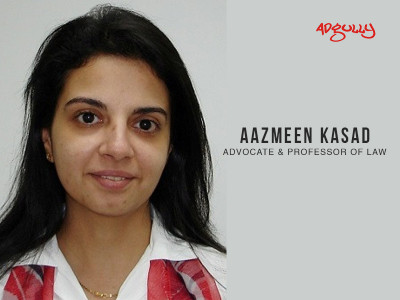

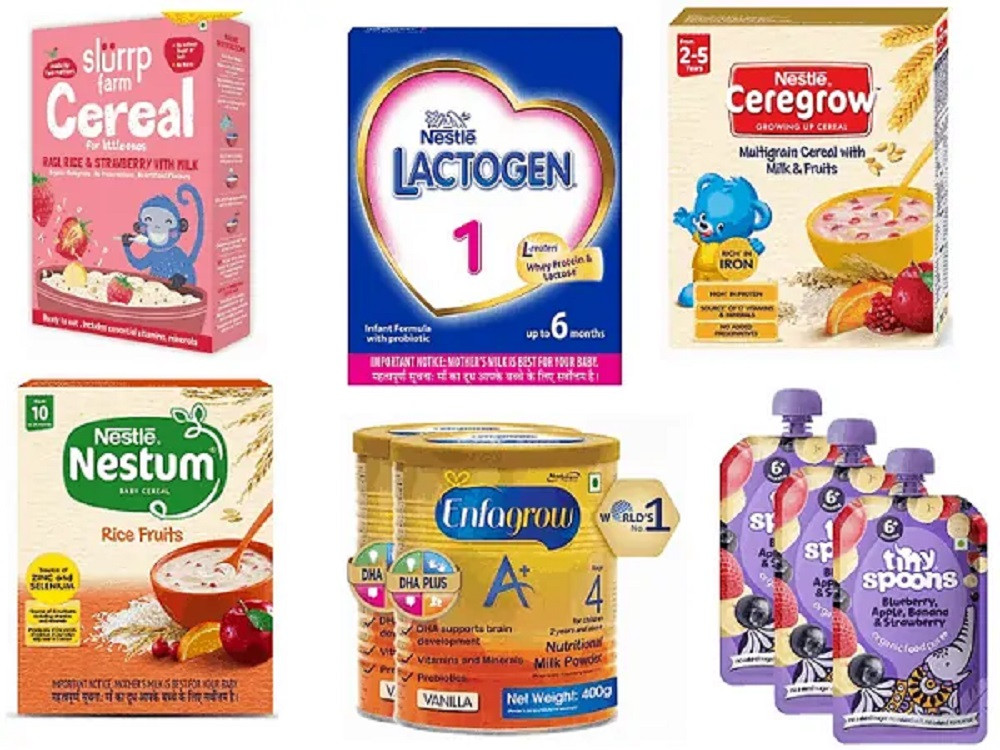
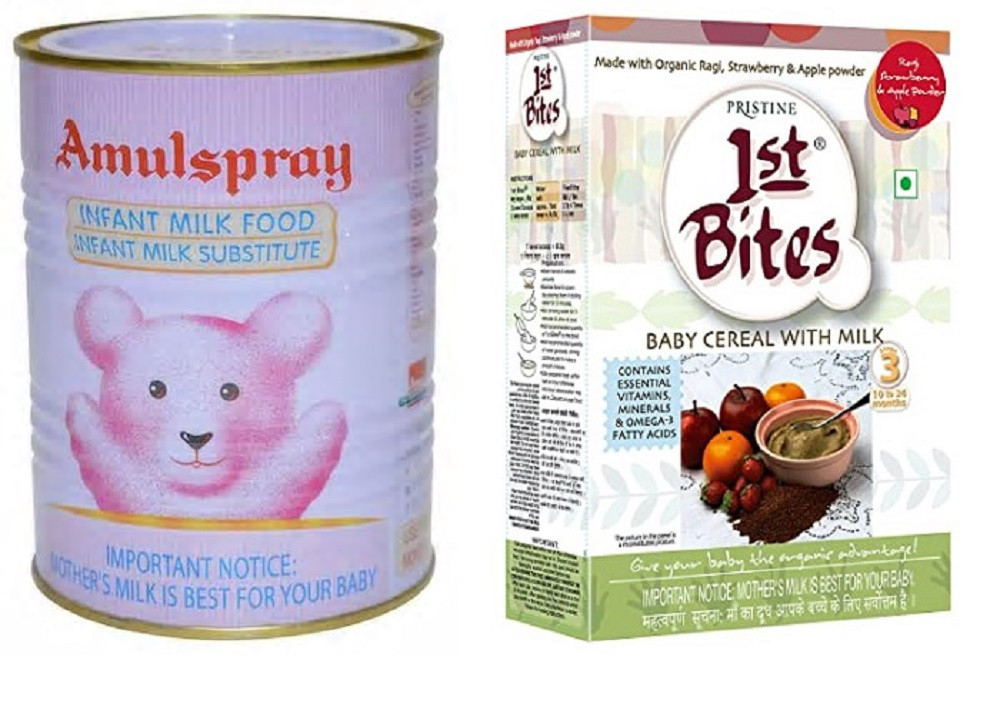
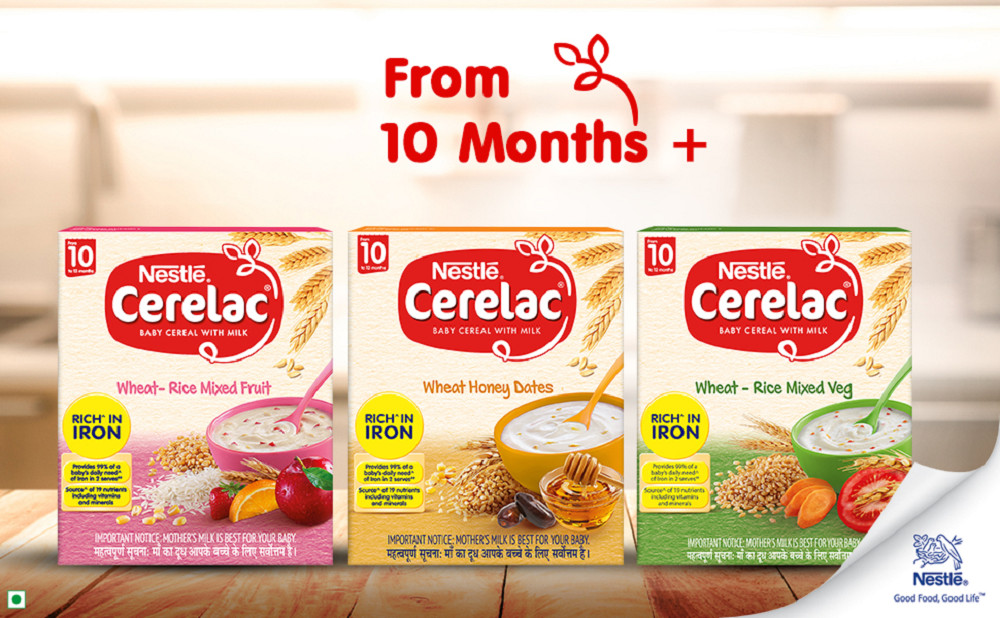
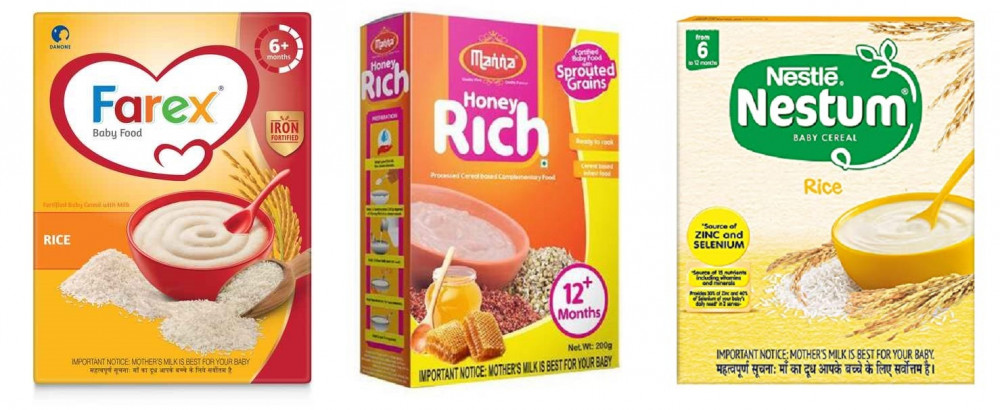
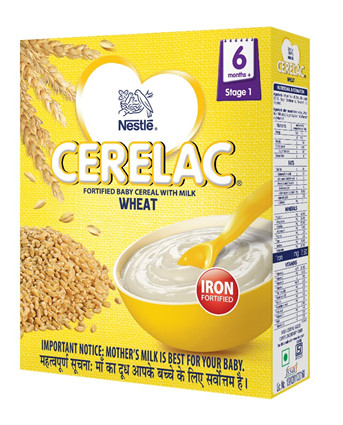
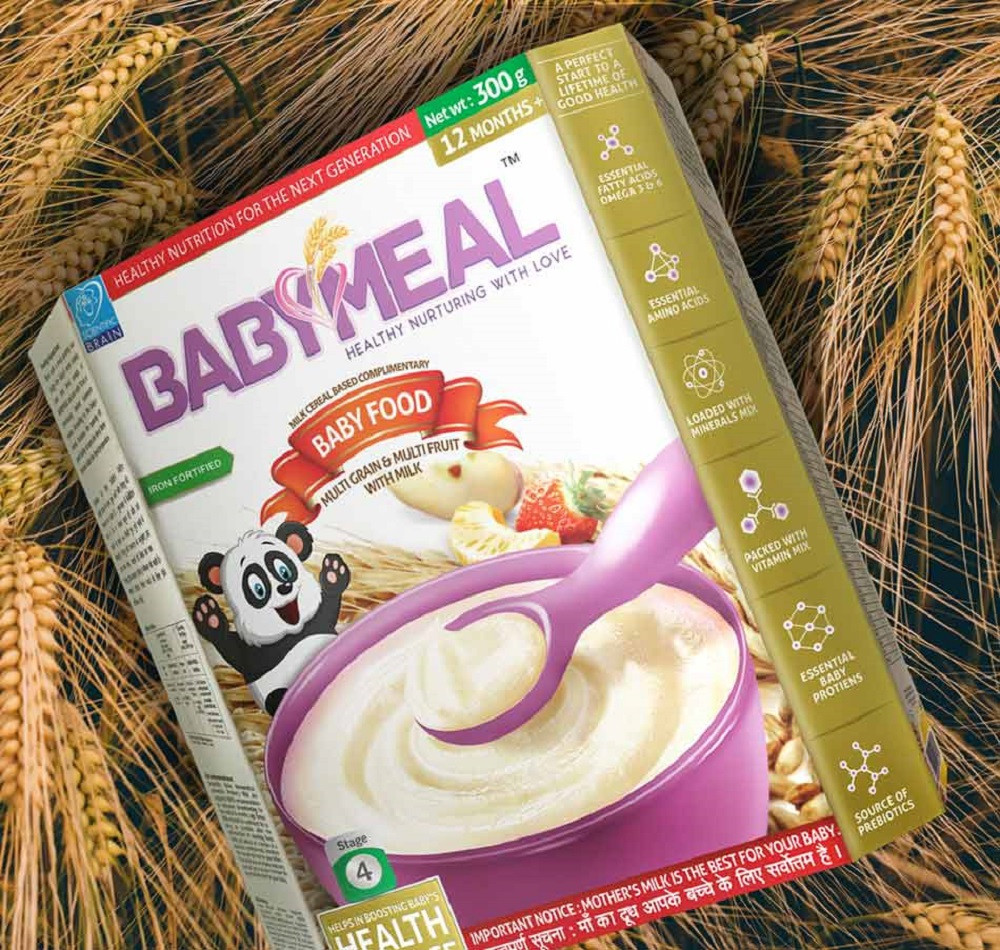


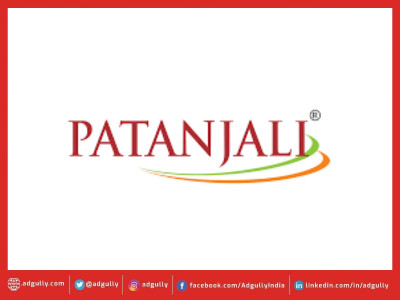





Share
Facebook
YouTube
Tweet
Twitter
LinkedIn